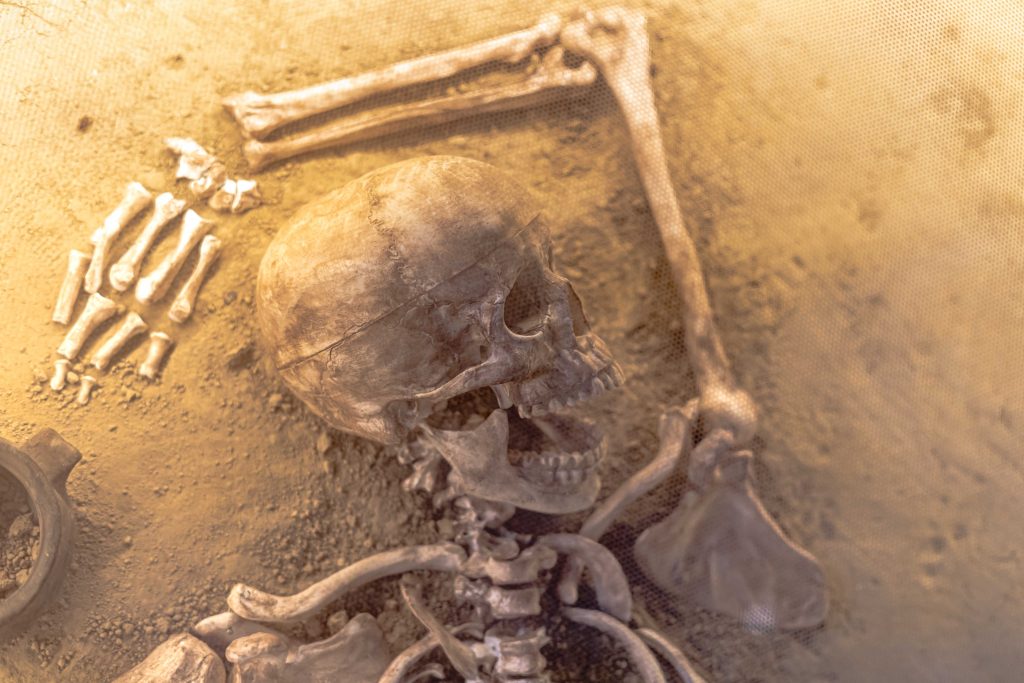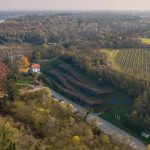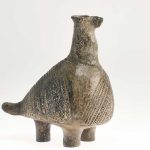October 25, 2023 – One of the greatest archaeological treasures of South-East Europe lies on the banks of the Danube in eastern Croatia, as it has for more than 5,000 years. Meet Vucedol. Thus wrote Paul a few years ago, and I wouldn’t have put it better myself.
As a Vukovar and Slavonia tour guide, it is my professional duty to constantly learn and gain new insights into what there is, what there was, and what there is to be. Luckily, there are places where that requires no effort. Vucedol Culture Museum is one of the prime examples. As a regular visitor to the spot, you would think I’m good; there’s nothing left for me to discover. Yet every visit becomes an exciting encounter. Whether it’s the people who share their perspectives, the tiny residents of the area, or just details that the exhibition pieces hide – there is always something to learn.
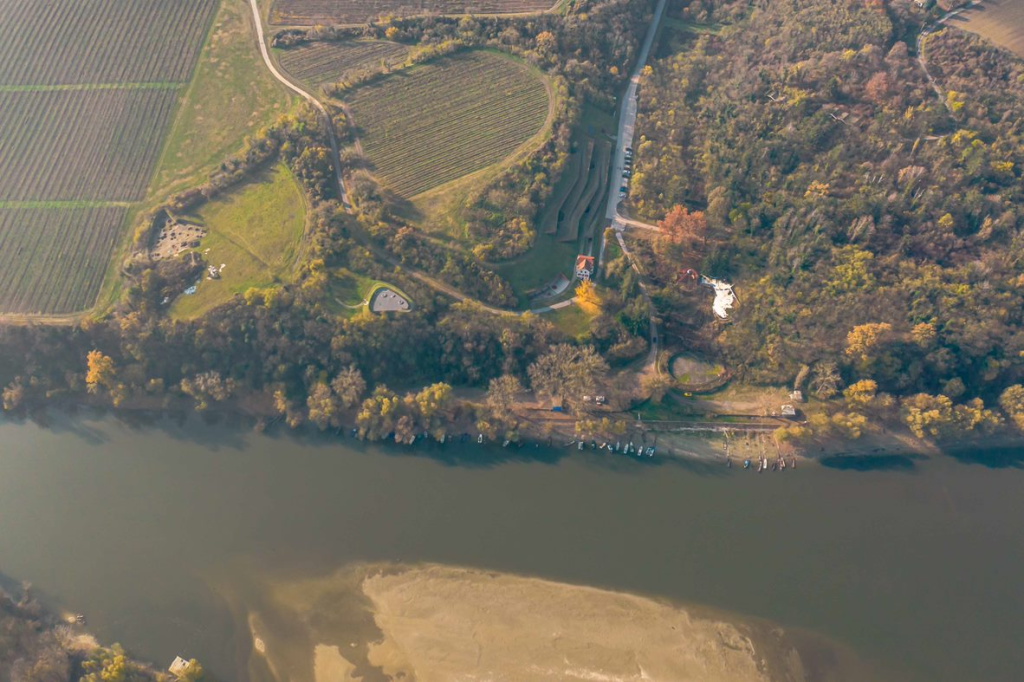
It goes without saying that one of the most memorable experiences was getting to meet Professor Aleksandar Durman, a living legend and a true Vucedol ambassador. His passion for the place is contagious, and his knowledge simply unrivaled. Many of the discoveries shared below are his ideas or conjectures based on decades of persistent work and research. I am happy to present 10 of my favourite.
1 Its Architecture is Interesting in Multiple Ways
The impressively interpreted story of Vučedol culture develops in a linear way between the city and the archaeological site itself with architecture that integrates and affirms distant history and modernity, as well as the natural and built landscape. So wrote the portal Pogledaj about the museum when it won the Viktor Kovačić award for its architecture.

And that is the first thing you’ll notice about it. Perfectly blended into its landscape, the building follows the curves of the hill, leaving space for nature not only around it but within it. While walking through the museum, do also pay attention to some of its tiny permanent residents who will be completely unbothered by your presence.

2 It Hides an Important Scribble
The symbol of the Vucedol museum is the famous partridge (formerly thought of as a dove). Try to find notes of its discovery and what the archaeologists initially thought it might have represented. Bonus points if you can come up with how they knew it wasn’t that.
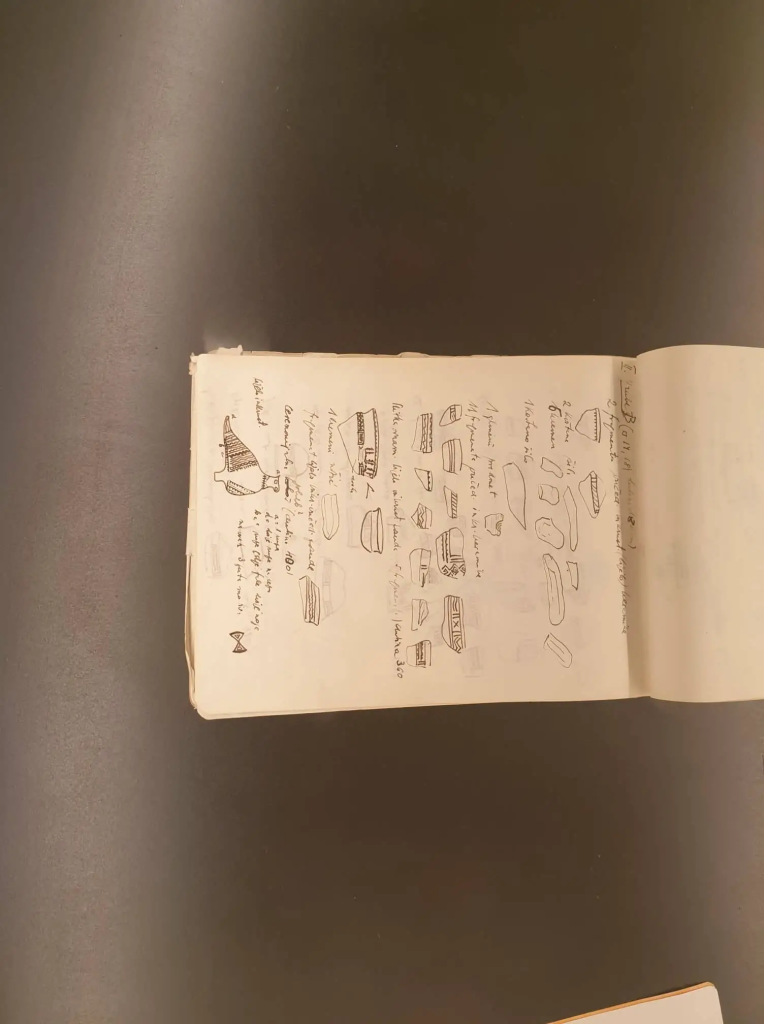
3 Animals Have an Important Place There
Alongside the tiny residents of the museum, you will notice that there are a few other stops where you can see animals. The people of Vucedol were religious and followed rites, including some sacrificial ones. And though dogs were often part of those, they were also found buried next to humans – their owners or friends, maybe?
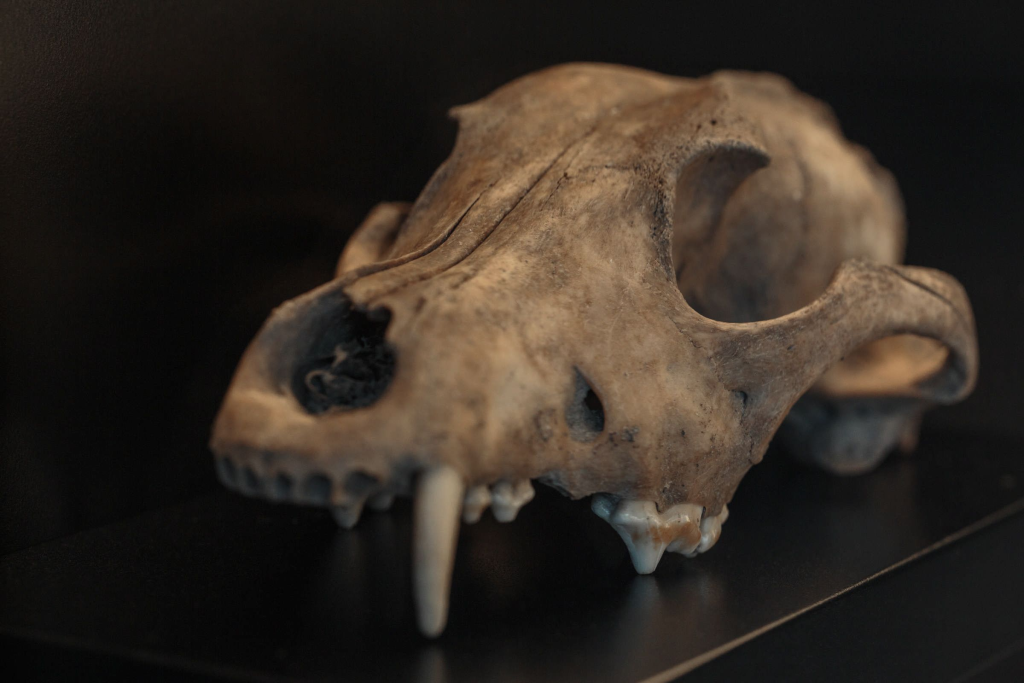
4 What they Ate and Drank
The land at the site was extremely fertile due to the type of soil and the closeness of the Danube. The people of Vucedol therefore had no problems farming crops, and they also kept livestock. Nothing special about that. There is evidence, however, that they also knew how to preserve meat, and we’ll reveal more about it in the next point.
And as for what they drank, it was usually water. When they would run out of beer. That’s right – the Croatian beer tradition dates all the way back to 5,000 years ago. Apparently, the beer back then might not have been as tasty, but it was highly nutritious, which was the most important quality anyway. The beer was kept in these not-exactly pint-size jugs.
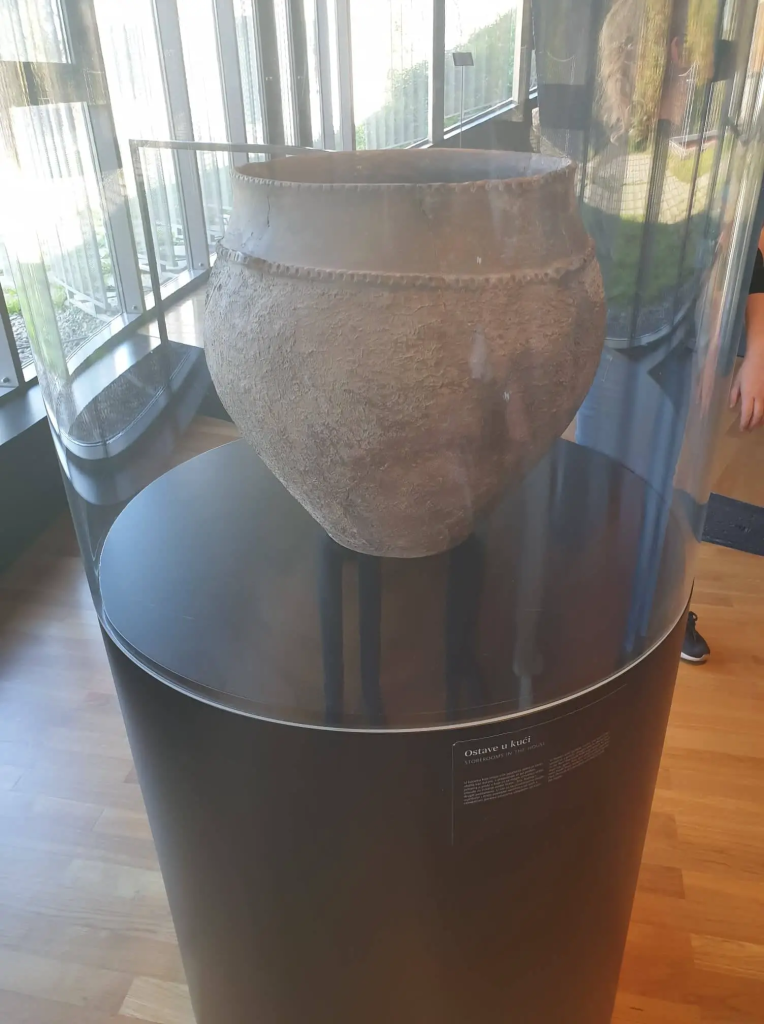
5 How They Travelled and Why
As we already mentioned, our ancestors of 5,000 years likely knew how to preserve meat – by using salt. And where would they get their salt? It’s not like there’s a sea or mineral deposits around the area. They would travel for it. Hundreds of kilometres as well. And they figured that the best way for that would be to use a cart whose wheels would spin together with the axle. That way, the wheel, which takes a lot of time and effort to make, would be preserved for longer, making the whole structure more durable and reliable.

6 Vucedol Fashion
Not only did they use leather to create durable outerwear, but they also knew how to weave linen and wool. And the fashion sense of these guys! Some models found at the site revealed that they used patterns and styles that are relevant enough for the fashion world of today. Oh, and they wore shoes to match. Not some primitive form of shoes, either. The most famous one was only discovered in 2016, but multiple models of shoes from the archaeological site reveal that the fashionistas of Vucedol would make sure that the shoes would be anatomically correct for your left and right foot.
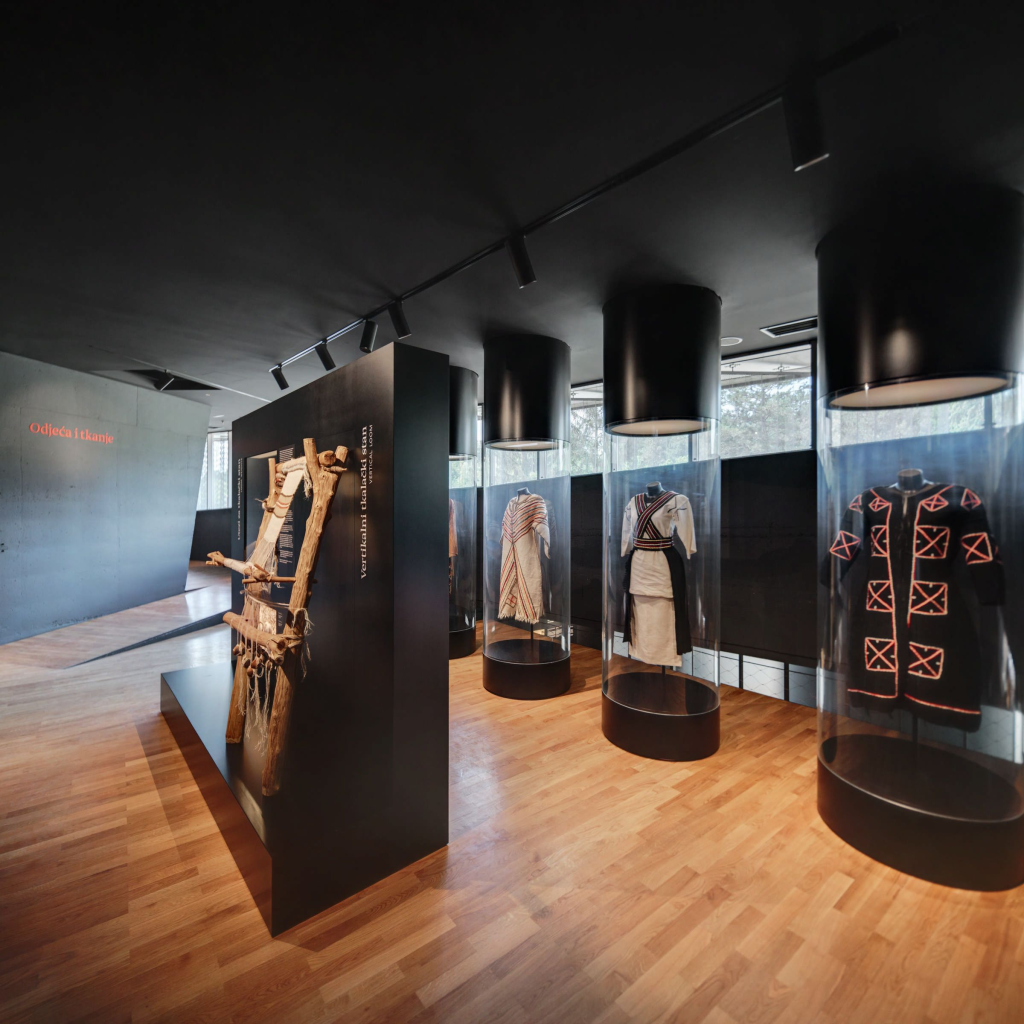
7 Vucedol Housing Market
For safety and practical reasons, the architects of Vucedol had to make sure people stayed close to the river and houses close to each other. And you might think that would be why multiple houses would be built on the same spot, having the same or overlapping foundations. The actual reason has a bit more to do with the anatomy of Vucedol houses – the open fireplace would be right in the middle of their living room, and their roof was likely made of wood and hay. Of course, accidents would happen. On the other hand, at least they had no problem bringing their groceries in, as they used the same 80 cm door frames that we do 5,000 years later.

8 The Mystery of the Vucedol Partridge
We’ve already mentioned the symbol of Vucedol – the bird with a mysterious identity. The partridge is not only a witness to the intricate ceramic works of a civilisation, but also an insight into their deepest modes of life. Initially thought of as a chicken, then a dove, the researchers came to the conclusion that the bird most likely represented a partridge. The reason – metallurgy and religious practices. Alongside the pattern on the figurine that follows that of a partridge’s feathers, the Vucedol partridge has three legs. And while the male partridge tends to pretend to limp to deceive a predator and save his chicks, the shamans of Vucedol who worked with metals would eventually start limping as a result of their exposure to the toxic arsenic.

9 The Funeral Rites
The people of Vucedol were one with nature, and the stars guided them through many aspects of their lives. An important part of life, of course, is death. The way the bones were laid in the graves heavily resembles the positions of some constellations, and so does the number of bodies buried in specific graves. The graves therefore reveal many secrets, not the least of which would be the likelihood of human sacrifice. Evidence for that can be found in one of the final rooms, to many, the most exciting one, with all the skulls. We will not reveal what that is, but try and have a much closer look at them when you do visit the museum.
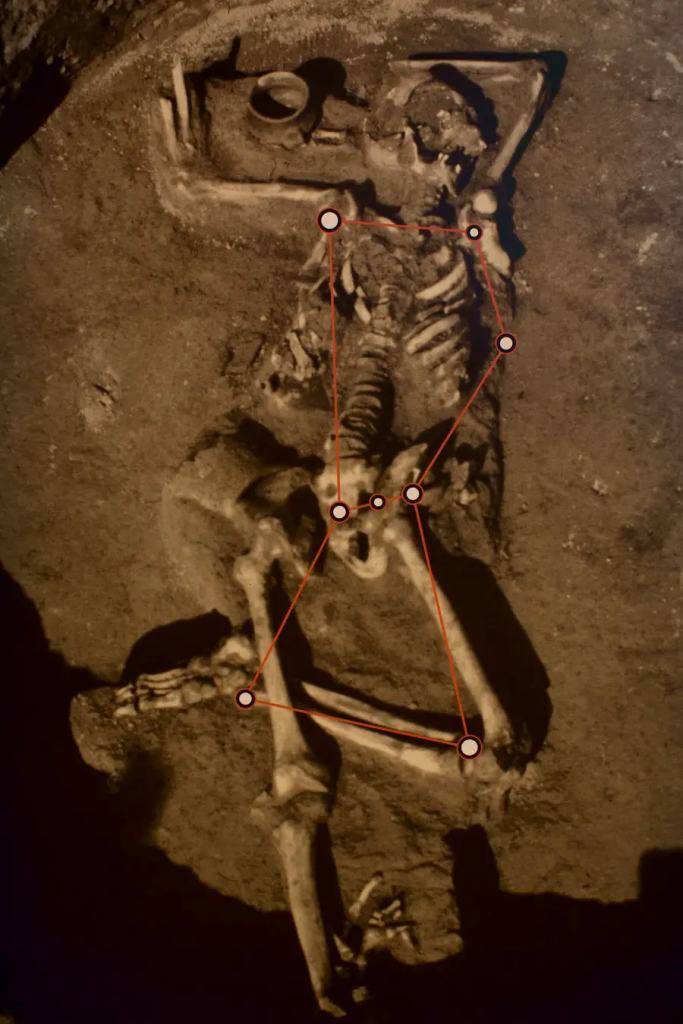
10 What the Employees of the Museum do in Their Free Time
The most special thing about the museum, hands down, is the passion of everyone involved in the project. From the abovementioned Croatian Indiana Jones, Professor Durman, who devoted his life to the site’s mysteries, to the employees of the museum, the tour guides who love to take their guests, to the visitors who come back time and time again. And in that atmosphere, it is not hard to imagine days filled with fun and laughter. Easygoing as they are, the employees don’t mind hopping down to the river to catch some fish for the museum aquarium, either.


